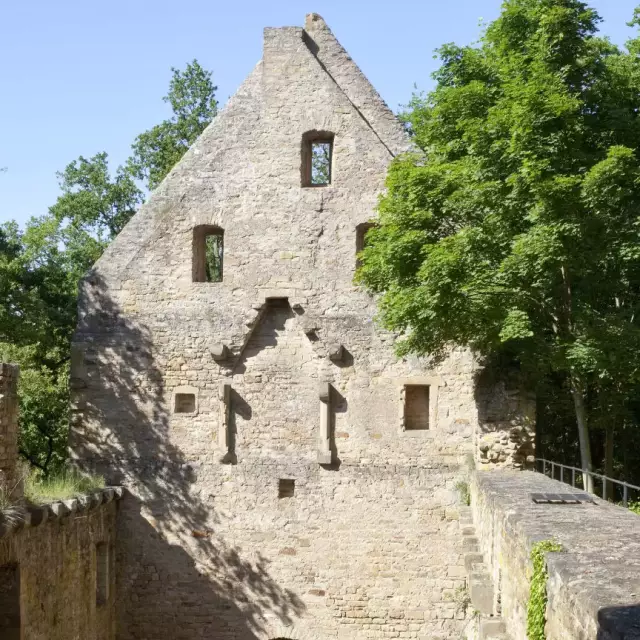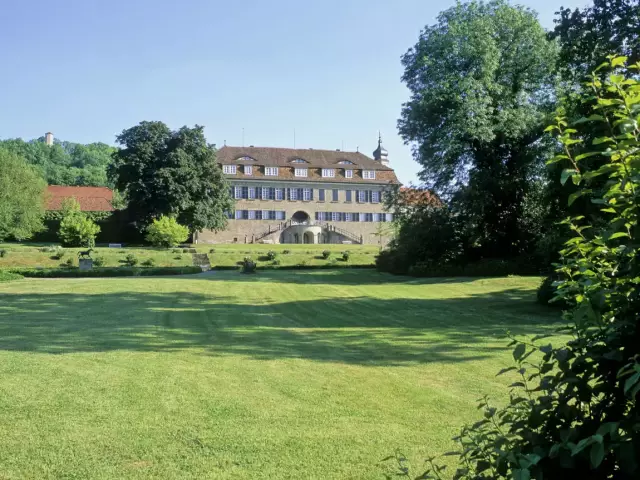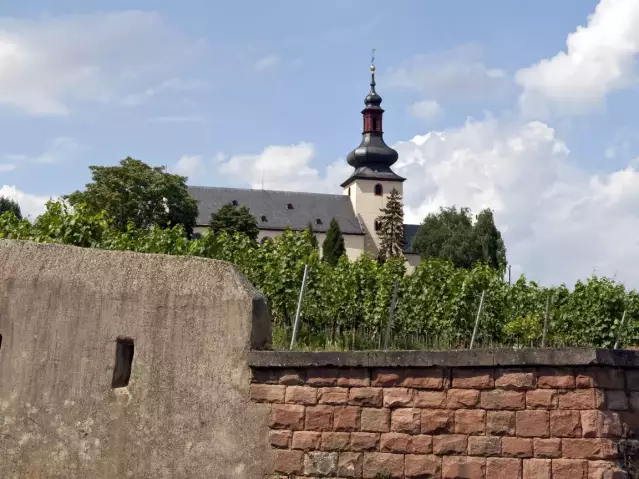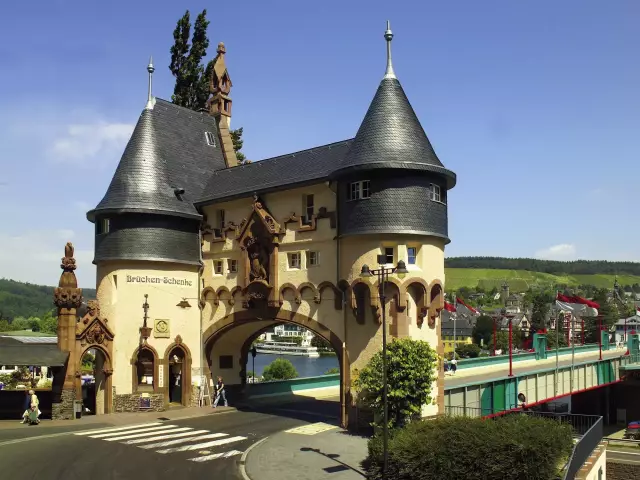The Ruins of Disibodenberg

This hill has become famous for the mystic Hildegard von Bingen, but Disibodenberg on the Nahe river also has a long history of viticulture. Traces of vines on the southern slope indicate that the cloister vineyards have been continuously cultivated since at least the 11th century.
This hill has become famous for the mystic Hildegard von Bingen, but Disibodenberg in Odernheim on the Nahe river also has a long history of viticulture. Traces of Roman vines on the southern slope indicate that the cloister vineyards have been continuously cultivated since at least the 11th century.
The wine estate and the ruins of the cloister have been owned and run by the von Racknitz family since 1753. In 2008, an incredible discovery was made. Five grapevines of the White Orleans variety, thought to have been long extinct, were discovered on the Disibodenberg. Research showed them to be probably the oldest grapevines in all of Germany.
Up to the 19th century, the Orleans variety was well spread throughout Germany. It was often grown on the slopes of Rüdesheim in the Rheingau region where the late ripening grapes with their high acidity were highly regarded. The five grapevines of White Orleans, which had grown feral over the centuries, had survived on the very edge of a wall, later thought to be the remnants of a Medieval vineyard. According to sources from the Wine Estate von Racknitz, the vines must have originated from the time between 1108 and 1559, when the Cloister was inhabited.
An Irish itinerant monk named Disibod, was the first to build a chapel and hermitage here at the junction of the Nahe and Glan rivers. On the same spot, by then reclaimed by nature, archbishop Willigis from Mainz founded a monastery which later in 1108, his successor, archbishop Ruthard turned into a Benedictine monastery.
In 1112, a young girl named Hildegard joined the monastery to become a nun and stayed on for 40 years. She became world famous as a writer, philosopher, composer, visionary, mystic and healer. Many of her texts on herbal healing use wine as their base, reflecting the enormous healing powers she attributed to the juice of the vine. "A wine from the grape, if it is pure, cleans the drinker's blood to be good and healthy."
The Cloister was closed after the Reformation and since has lapsed into a romantic ruin. The special atmosphere of Disibodenberg with its old monastery walls and its age-old vineyards still draws fascinated visitors to the hill. You can also enjoy the ambience having a picnic organized by the Wine Estate von Racknitz – including, of course, a Riesling from Disibodenberg. A small museum at the bottom of the hill, right next to the entrance to the park, offers information on the monastery. Hildegard of Bingen, however, was one of the first to mention "the Hun's wine" – referring to the grape variety also known as Orleans.




